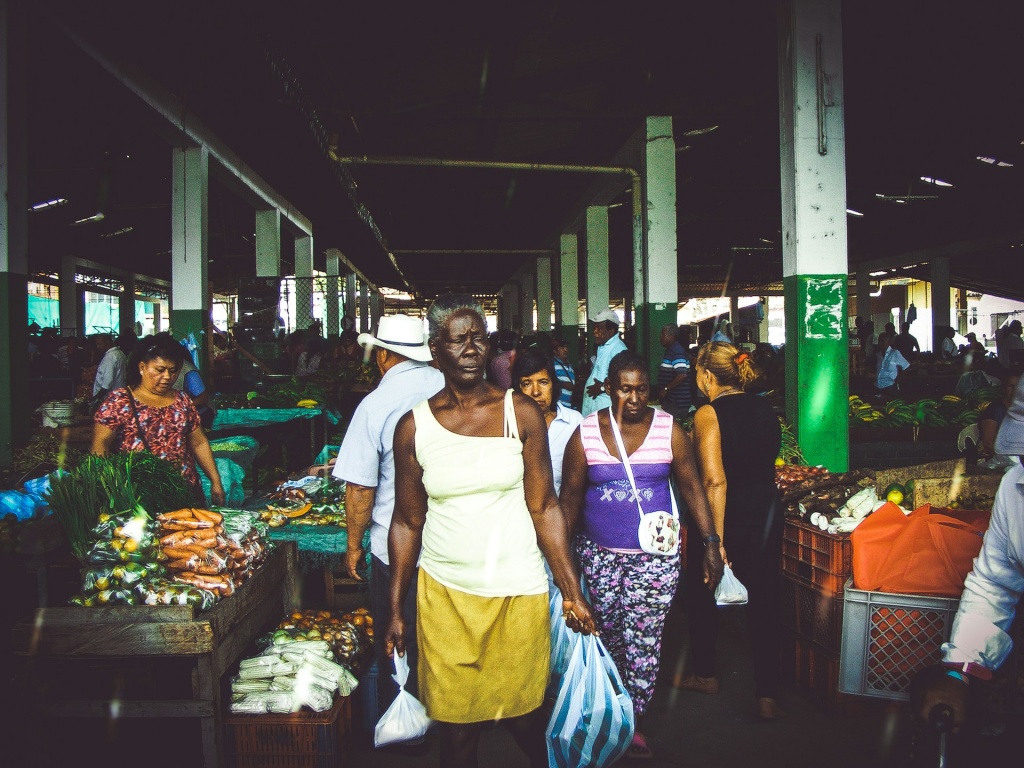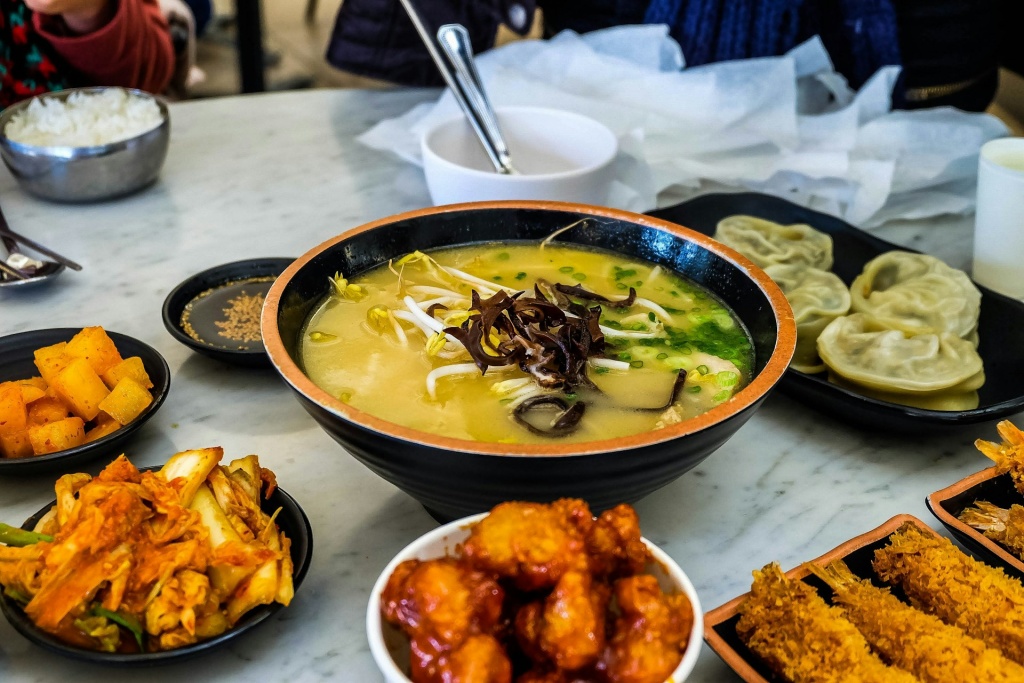Every other week, it seems, something is being designated as a superfood. Bestowed with this crown, marketers go to town—extolling the benefits and advising toute moun to include these wondrous products into their daily intake.
So what exactly makes something a superfood? Forget the fancy definitions, it is simply a thing that is good for you to eat or drink.
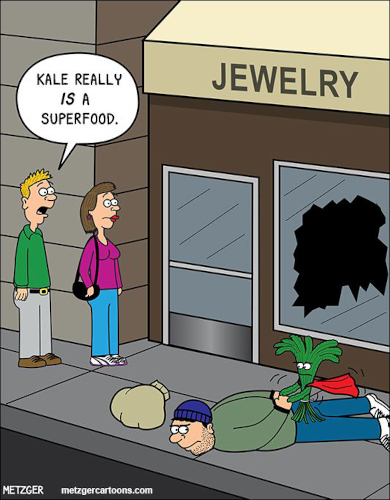
Superfood is just a splendiferous term created by some marketing maven to cultivate a niche for sales.
Most of the items that have been granted this lofty status have been processed into forms that bear little resemblance to the original natural source, coming to consumers at breathtaking prices—and we lap them up earnestly.
A case in point: for donkey years, turmeric has been a commonplace item in the markets, both in its root form like a piece of ginger, and in the powder which we call saffron. (I often wonder whether there is anywhere else in the world where turmeric is called saffron, and how we came to do so.)
It was always cheap—it is still relatively so. The powder is widely used in many of our dishes, notably dhal, and various curries and even in the popular saffron rice. It is a staple of our cuisine.
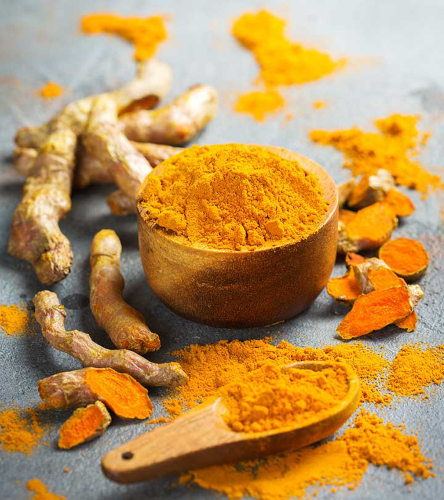
The root version might more commonly be called by its Hindi name, haldi, and is used primarily in a pre-wedding ceremony, where the betrotheds are smeared with a cleansing and beautifying paste made from the turmeric. It is also used as a sort of tea, administered to women after childbirth.
It has always been recognised for its healing powers. But its use was fairly confined to the mainly Indian communities for whom its traditional uses were handed down by ancestors.
Suddenly, the lowly turmeric has been elevated to a superfood, and as its stature has increased globally, so has the price. Locally, while the root and powder still chug along without too much ado, there are now pills and potions that claim to be able to fix every ailment and boost any system.
One of the most visible brands on the market (they must spend a fortune in advertising) has added a turmeric version to their line of expensive products. A bottle of 60 caplets retails for TT$300 or thereabouts, depending on where you buy it. For $20 you could probably get the equivalent in the root or the powder.
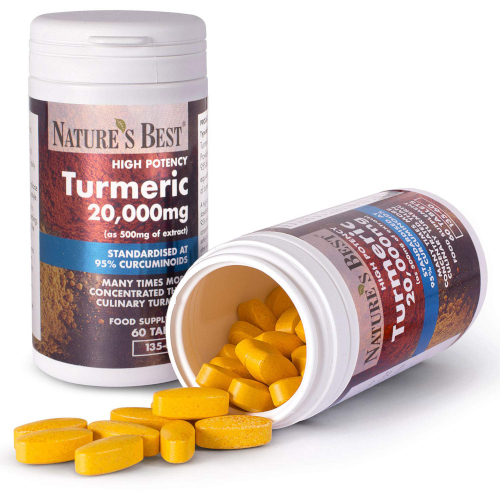
One of the ads caught my attention because its point was that the quantity of its main active ingredient, curcumin, was too little in the root itself to deploy its anti-inflammatory, cancer-resisting, hypertension-managing properties. One had to ingest it in the specially concentrated form of the tablet.
Idly, I began to wonder why yet another of nature’s creations had to be turned into a concentrate mixed with other chemicals.
We often hear that the key to good health is moderation in everything. You can eat what you like, but have a range, and avoid excess. It seems to me that there is enough variety from the diverse food groups for us never to be bored and to have the required daily nutrition.
Why should we need all these super-concentrates?
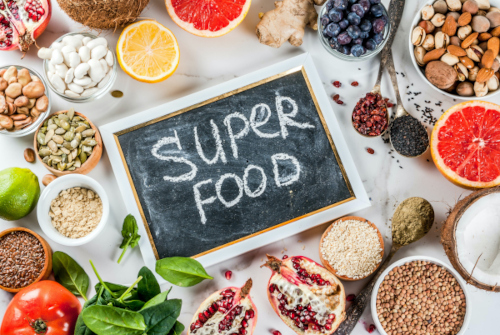
I have been listening to the ads, reading the information posted about the health benefits of turmeric, and I was struck by a few things.
One is that I had not heard any mention that concentrated doses of turmeric can have a blood-thinning effect, so it is not recommended for people with liver or bile duct problems. Or that on its own, turmeric is not easily absorbed into the blood stream, but the piperine contained in black pepper significantly enhances that absorption rate.
I had not seen any warnings in any of the ads from this brand. They favour carrying testimonials from various communities, and staged conversations between doctors and an interviewer.
In one of the testimonials, the woman talks about beginning a course of their products and giving it to her two young sons for their problems.

(Copyright Glasbergen.com)
She did not identify the nature of their problems, but she did say everybody was now fine. They were playing and exercising and eating the right foods and everybody was now fine. I had to shake my head.
They are young, active and eating well. Of course they are fine.
In the testimonials—the cricketers, the journalist, the labourers and so on—the nature of the endorsement is basically that they had used the products (there is a growing line of items now) and their lives had improved.
No one said their ailments had gone, and they generally indicated there was increased physical activity. In any case, injuries have a way of healing over time, don’t they?

But back to turmeric’s wondrous attributes. In all of the positive statements associated with turmeric, not one is definitive. All are couched in terms like: it may help; it may reduce; it might boost; it could prevent—none claim that it actually does.
Now, I am not against turmeric at all. I love it. I am even planning to get some roots and make a face-mask with yoghurt, to slather on one genteel day.
My point is that we can be very easily lured into believing all kinds of marketing strategies that we can avoid if we remember the things we already know.
Expensive supplements are not really the answer, just go back to your roots.

Vaneisa Baksh is a columnist with the Trinidad Express, an editor and a cricket historian. She is the author of a biography of Sir Frank Worrell.
 Wired868 Wired868 for smart sport news and opinion
Wired868 Wired868 for smart sport news and opinion




